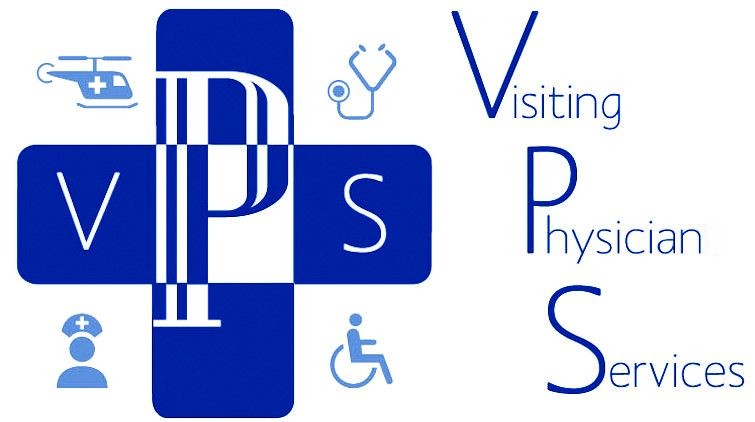The collaboration between a home visiting physician and an outpatient primary care physician can greatly benefit patients, especially those who have difficulty accessing medical care due to mobility issues, chronic illnesses, or other constraints. Here are a few ways in which these two healthcare providers can work together:
- Continuity of care: The home visiting physician can provide medical care to patients in their homes, ensuring that those who cannot easily visit a primary care clinic still receive essential healthcare services. The home visiting physician can coordinate with the primary care physician to exchange information, share medical records, and provide updates on the patient’s condition.
- Comprehensive assessments: Home visiting physicians can conduct comprehensive assessments of patients in their home environment, allowing them to evaluate the patient’s living conditions, social support, medication management, and other aspects that might affect their health. This information can be shared with the primary care physician, providing a more comprehensive understanding of the patient’s health status and enabling better-informed decisions about their care.
- Ongoing communication: Regular communication between the home visiting physician and the primary care physician is crucial for optimizing patient care. They can exchange information on diagnosis, treatment plans, medication adjustments, and other relevant aspects. This collaboration ensures that both providers are aware of the patient’s progress, any changes in their condition, and the effectiveness of the provided care.
- Care coordination: The home visiting physician and the primary care physician can work together to coordinate the patient’s healthcare, ensuring seamless transitions between home-based and clinic-based care. They can collaborate on scheduling appointments, arranging for necessary tests, procedures, or specialist referrals, and managing any follow-up care required. This coordination helps avoid gaps in care, reduces the risk of medication errors, and promotes a patient-centered approach.
- Education and support: By working together, the home visiting physician and the primary care physician can provide education and support to patients and their families. They can share information about disease management, lifestyle modifications, medication adherence, and other aspects of self-care. This coordinated approach helps empower patients to actively participate in their own care and make informed decisions regarding their health.
- Bridge gaps in care: For patients who have difficulty leaving their homes or those with complex healthcare needs, the home visiting physician can serve as a bridge between the patient’s home and the primary care clinic. They can provide regular check-ups, monitoring, and urgent care services to manage acute conditions or prevent hospital admissions.
- Disease management: Home visiting physicians can assist in managing chronic diseases by providing ongoing monitoring, medication management, and education. They can work closely with the primary care physician to ensure consistent management of conditions such as diabetes, hypertension, heart disease, and respiratory illnesses.
- Assessing the home environment: Assessing the patient’s home environment can help identify potential health and safety risks. The home visiting physician can provide insights into the patient’s living conditions, address any environmental factors that may impact their health, and make recommendations for modifications or support services.
- Collaborative care planning: The home visiting physician and the primary care physician can collaborate on developing a care plan tailored to the patient’s specific needs. This includes setting goals, establishing treatment plans, coordinating therapies, and ensuring that care remains patient-centered and aligned across both settings.
- Preventive care and immunizations: Home visits present an opportunity to provide preventive care, including vaccinations and health screenings. The home visiting physician can administer necessary immunizations and identify any preventive measures needed, such as cancer screenings or routine health assessments.
- Patient and family support: The collaboration between these physicians extends beyond medical care. They can work together to provide emotional support, address concerns, and involve the patient’s family or caregivers as necessary. This holistic approach helps ensure that patients receive comprehensive support and resources to manage their health effectively.
Overall, the collaboration between a home visiting physician and an outpatient primary care physician allows for more personalized, accessible, and comprehensive healthcare for patients who face barriers to accessing traditional clinic-based care. It combines the benefits of in-home medical care with the expertise and continuity offered by primary care clinicians, ultimately leading to improved health outcomes and patient satisfaction.
PRIVACY/CONFIDENTIALITY NOTICE REGARDING PROTECTED HEALTH INFORMATION” This email (and accompanying documents) may contain protected health information that is privileged, confidential and/or otherwise exempt from and protected form disclosure under applicable laws, including the Health Insurance Portability and Accountability Act. The information contained in this email (and accompanying documents) is intended only for the personal and confidential use of the intended recipient. if the reader of this message is not the intended recipient or the employee or agent responsible for delivering it to the intended recipient, you are hereby notified that you have received this information in error and that any review, dissemination, distribution, copying or action taken in reliance on the contents of this communication is strictly prohibited. If you have received this communication in error, please destroy immediately.
Collaboration between Home, Visiting physician, and outpatient primary care clinic


